The Mysterious Dolphins of the Potomac
Almost nothing is known about the hundreds of bottlenoses who spend their summers near D.C.—but a group of researchers is trying to change that.

In July of 1844, a pod of bottlenose dolphins showed up in the Potomac River. Surprised, a group of men grabbed their guns and hopped into some boats. They followed the dolphins past the future home of Arlington National Cemetery, past John Tyler’s White House, and all the way upriver to Aqueduct Bridge, at which point they finally let them be.
Fast forward to 2017. The White House has a new occupant, but there are still dolphins in the Chesapeake Bay and the Potomac River.
Ongoing research by the Potomac-Cheseapeake Dolphin Project—the first of its kind, headed up by the bottlenose expert Janet Mann of Georgetown University—has counted around 500, and the numbers keep climbing. They’ve even named one of them after John Tyler.

“Not many people know that there are dolphins in the Potomac River,” says Ann-Marie Jacoby, a field investigator with the PCDP. “Nobody has really studied them until recently… That came as sort of a shock to us.” Initial research suggests that the dolphins don’t live there full-time, instead moving in and out as the seasons change, perhaps splitting off from a massive migratory group that swims down the East Coast. Certain individuals also return year after year, like re-elected senators.
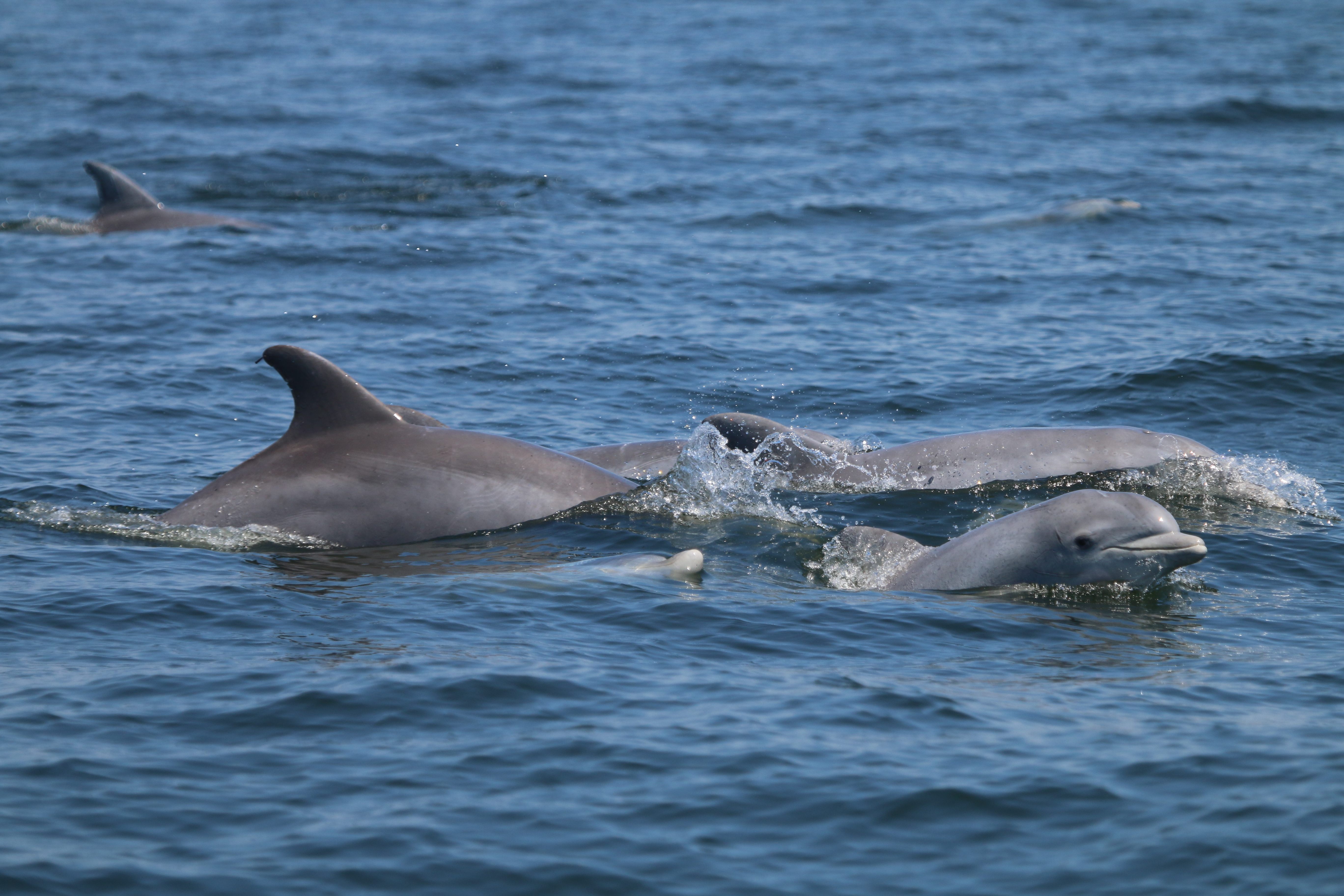
Mann herself learned about the Potomac dolphins by accident, after she and her husband, Tom, bought a vacation cottage in Northern Virginia. The idea was to have a place where she could take her mind off work, but the day they closed on the house, Tom spotted dolphins swimming right by their backyard. Mann, who normally works in Shark Bay, Australia, couldn’t resist starting up a whole new study. “She’d been flying thousands of miles away to study dolphins,” says Jacoby. “But there were dolphins here this whole time.”
The PCDP started recording dolphin data in the spring of 2015. Since then, the researchers have focused on getting a solid handle on the population: how many dolphins traverse the Potomac-Chesapeake system, where they’re coming from, and what sorts of relationships they have with one another. To do this, they are creating an identification catalog, which contains photographs of each dolphin’s unique dorsal fin along with a name the researchers have chosen for that dolphin.
Due to their environs, Mann decided to name all of the Potomac-Chesapeake dolphins after American political figures. “We started with what we considered the most iconic, the presidents and vice presidents and some family members,” says Jacoby. “We’re now moving on to Supreme Court justices.” They also have some catchup work to do: “Now that we have a new president, we’re naming a dolphin after [him],” says Jacoby. “We’re not leaving anybody out.”
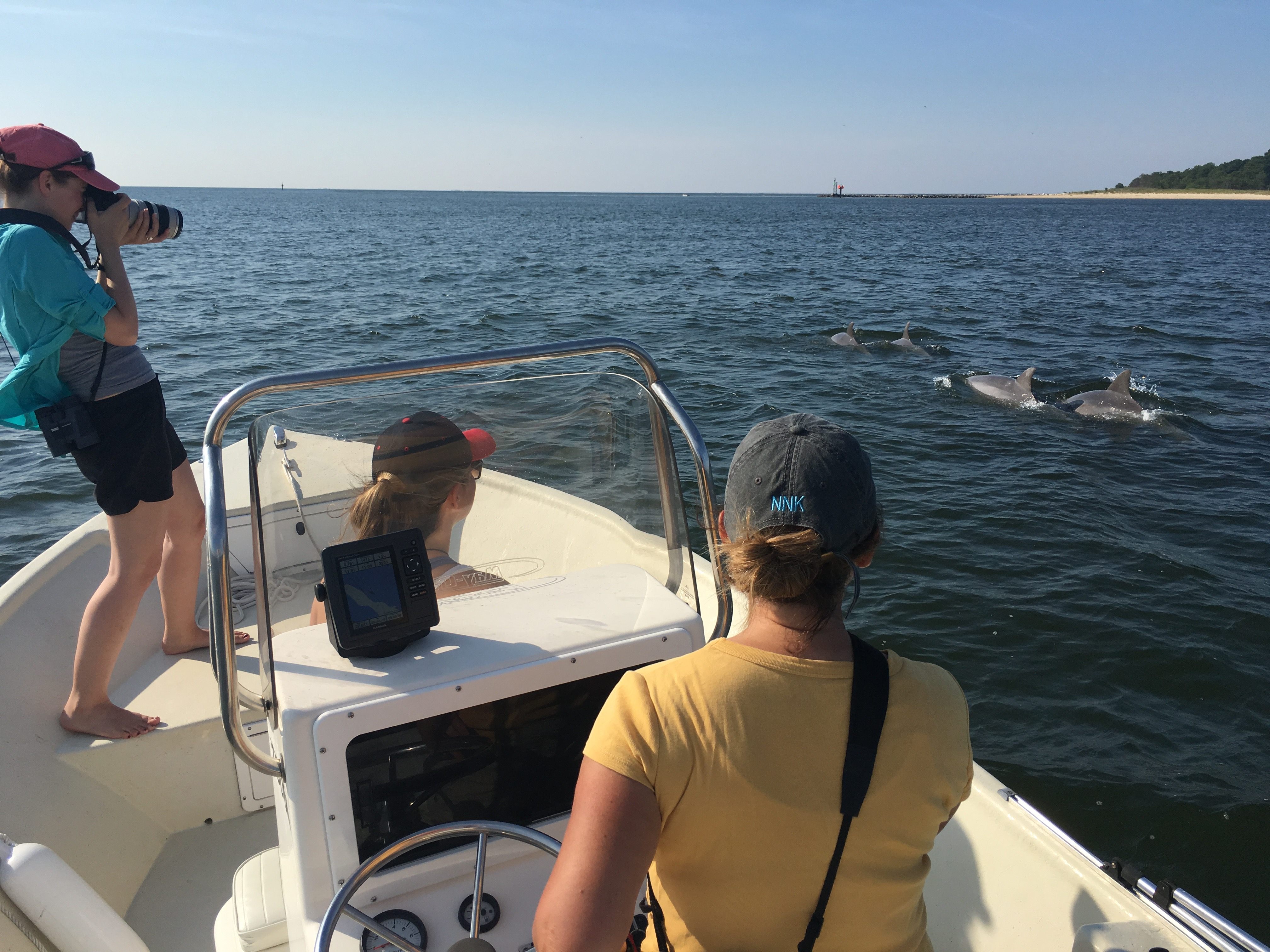
Student researchers are currently using the catalog to match the Potomac dolphins with those found in other locations along the Mid-Atlantic coast. “We can figure out things like, ‘I saw Zachary Taylor here, but someone also saw him off the coast of North Carolina,’” says Jacoby. “That gives us information on what stocks are using the Chesapeake and Potomac.” Jacoby, who will begin her Ph.D. research at Duke University in the fall, plans to fill in gaps in the historical record by interviewing fishermen and recreational boaters about their past dolphin experiences.
They may be named after presidents and justices, but Jacoby and her fellow researchers are hoping the dolphins will act as something else: ambassadors. “Bottlenose dolphins provide a really great conservation opportunity,” says Jacoby.
The Chesapeake Bay is in the thick of restoration efforts—now in danger from proposed budget cuts—that seek to reverse decades of pollution from agricultural runoff and urban waste. Climate change promises to keep throwing its own curveballs, from rising water levels to low-oxygen “dead zones.” “You can use [dolphins] to promote conservation of the Potomac and Chesapeake overall,” says Jacoby. Because they’re top predators, most provisions put in place specifically to protect dolphins tend to necessarily help the ecosystem as a whole.
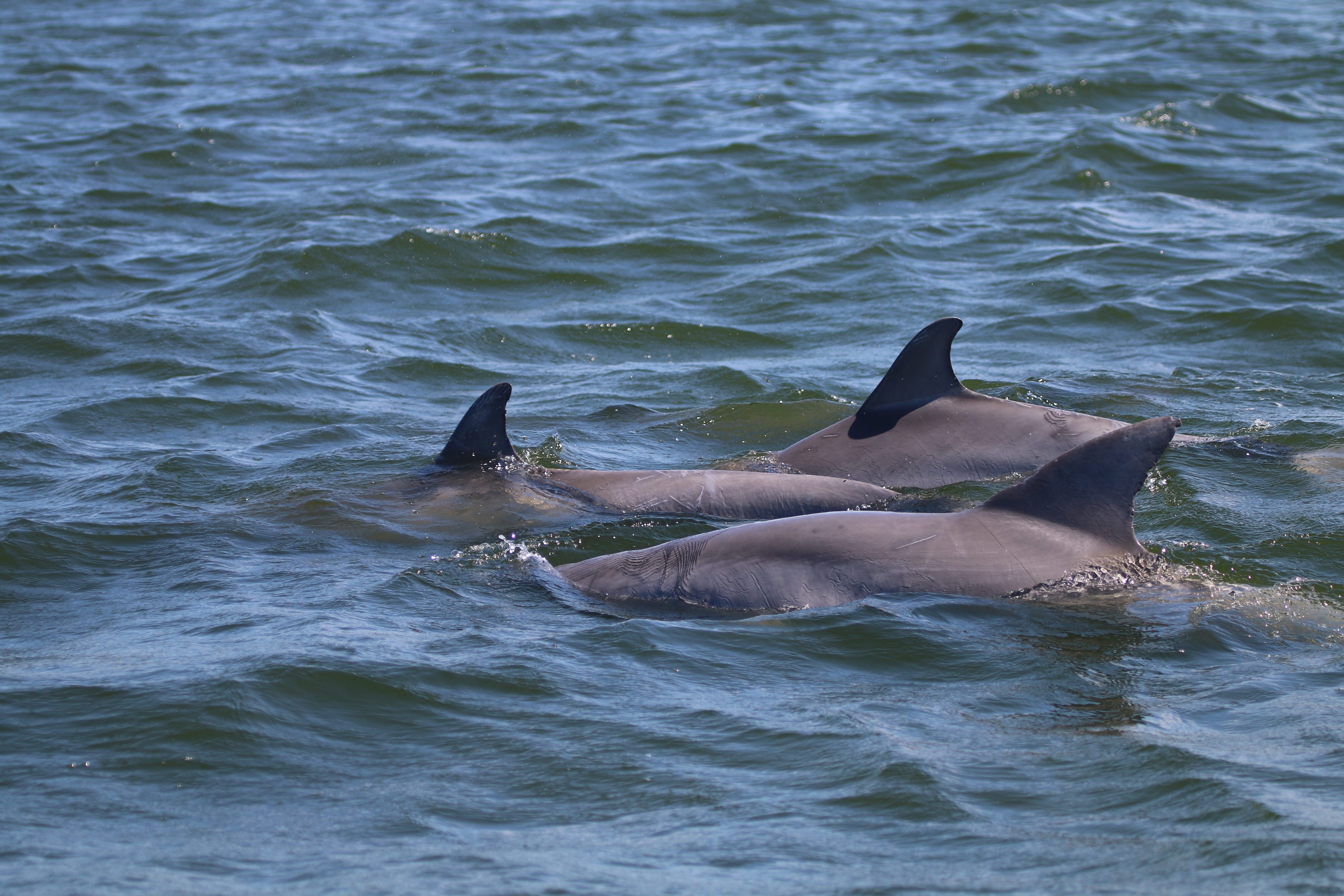
Plus, “they’re charismatic mammals—when you tell people about them, they get really excited,” says Jacoby. As it’s so understudied, this particular population provides a great opportunity for citizens to get not just excited, but involved. The PCDP website encourages dolphin-spotters to send in pictures for identification. An affiliated researcher, Helen Bailey of the University of Maryland Center for Environmental Science, is developing an app called DolphinWatch, which she hopes people will use to report sightings.
Jacoby believes that citizen involvement can lead to a sort of trickle-up effect. “If you can get the general public involved in your science, they’re going to care more,” she says. “If we have enough people who care, the government will hopefully have to listen.” In the meantime, the number of dolphins keeps ticking up, too. By the end of surveying, “I think we’ll have more than 1600,” Jacoby predicts—a pretty sizable constituency.
Naturecultures is a weekly column that explores the changing relationships between humanity and wilder things. Have something you want covered (or uncovered)? Send tips to cara@atlasobscura.com.



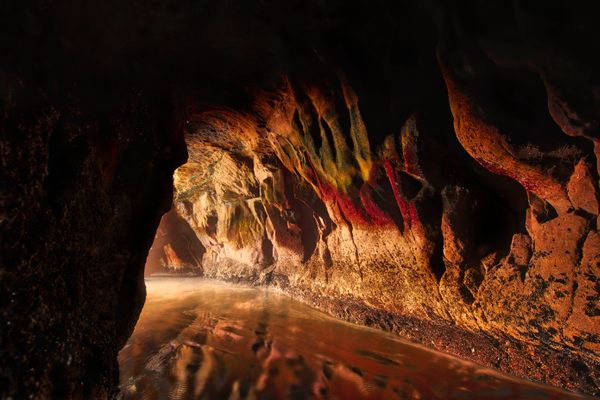
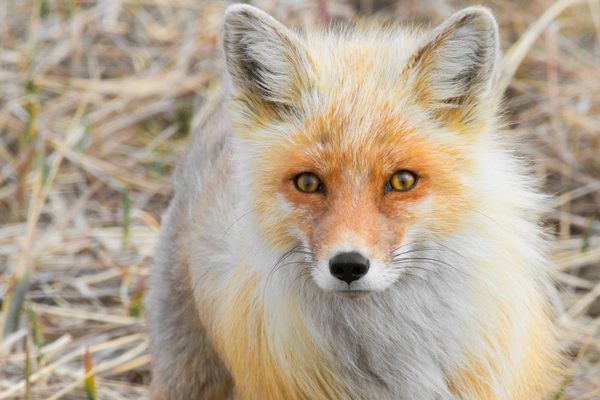










Follow us on Twitter to get the latest on the world's hidden wonders.
Like us on Facebook to get the latest on the world's hidden wonders.
Follow us on Twitter Like us on Facebook